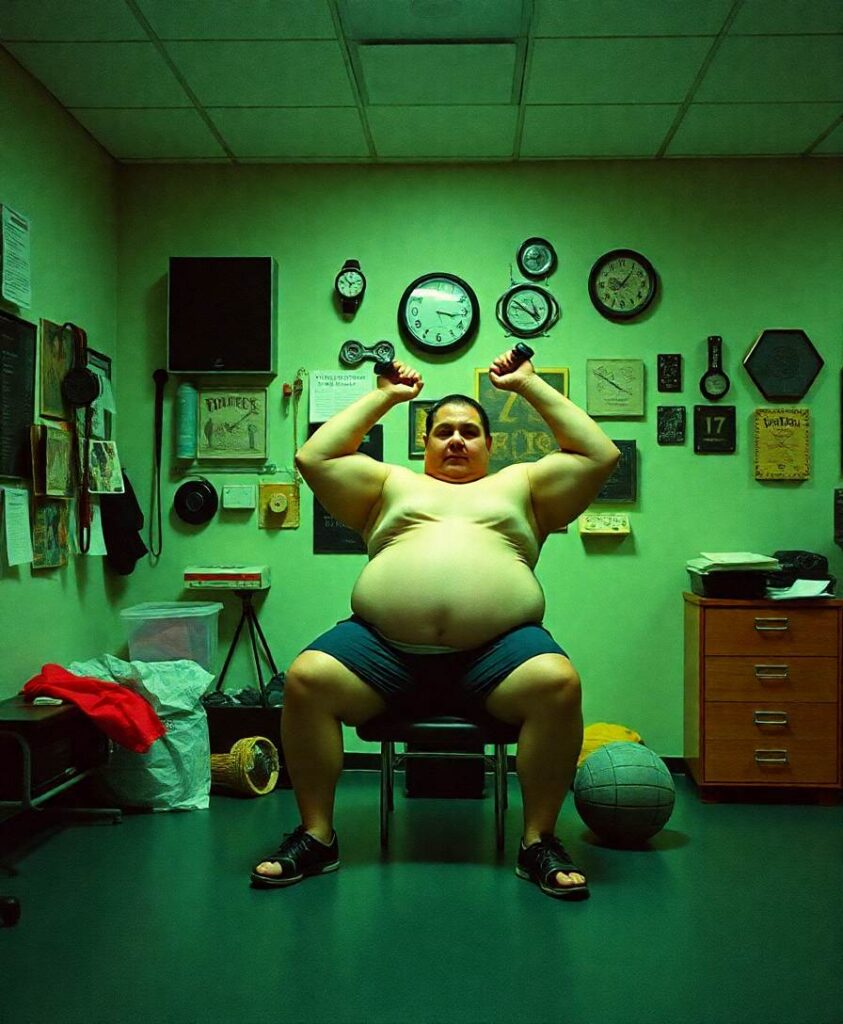The ability to perceive visual objects with various types of transformations, such as rotation, translation, and scaling, is crucial for consistent object recognition. In machine learning, invariant object detection for a network is often implemented by augmentation with a massive number of training images, but the mechanism of invariant object detection in biological brains—how invariance arises initially and whether it requires visual experience—remains elusive. Here, using a model neural network of the hierarchical visual pathway of the brain, we show that invariance of object detection can emerge spontaneously in the complete absence of learning. First, we found that units selective to a particular object class arise in randomly initialized networks even before visual training. Intriguingly, these units show robust tuning to images of each object class under a wide range of image transformation types, such as viewpoint rotation. We confirmed that this “innate” invariance of object selectivity enables untrained networks to perform an object-detection task robustly, even with images that have been significantly modulated. Our computational model predicts that invariant object tuning originates from combinations of non-invariant units via random feedforward projections, and we confirmed that the predicted profile of feedforward projections is observed in untrained networks. Our results suggest that invariance of object detection is an innate characteristic that can emerge spontaneously in random feedforward networks.


